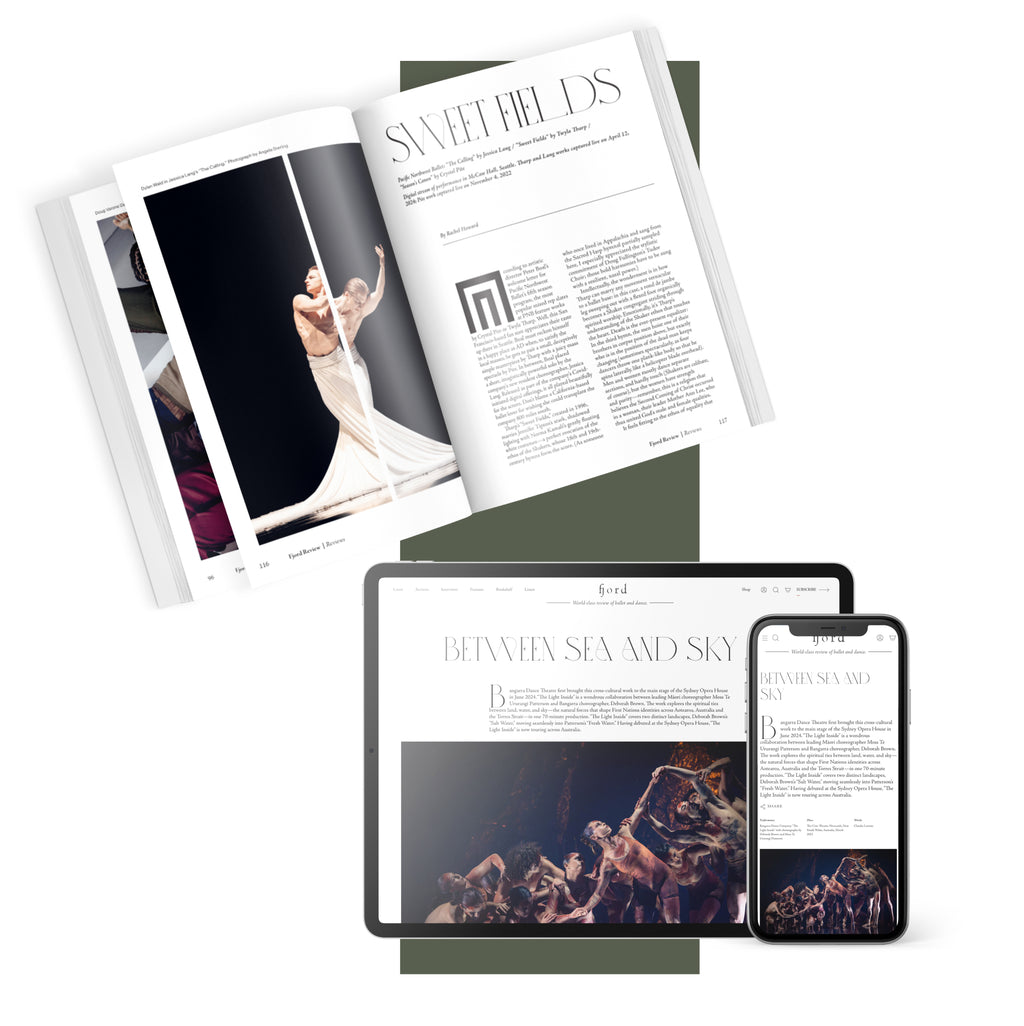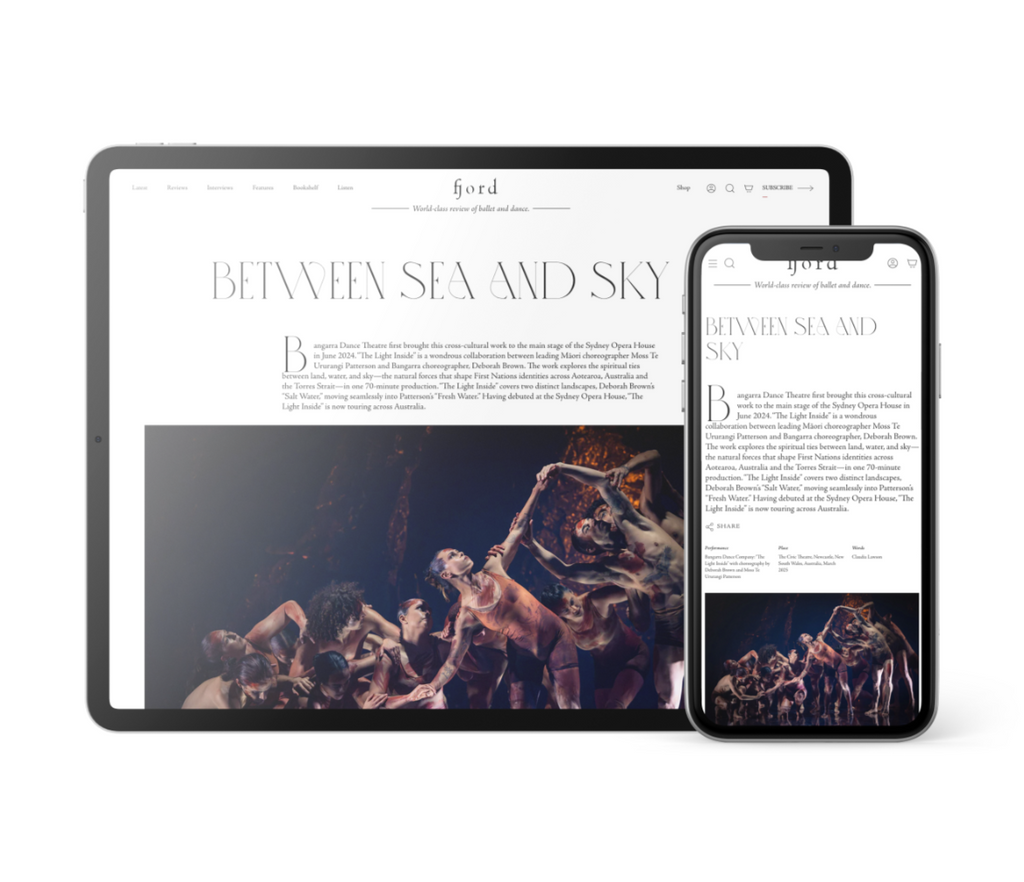Enter then, the crone, the hag, who reveals herself to be not the OG, original gangsta, but the FG, Fairy Godmother, a floaty, sexy Julianne Kinasiewicz, who was ebullient in her leaps and good at her job, i.e., adroitly waving a wand to ensure that her charge, Cinderella will get her just desserts. The tableau, however, replete with fairies of all stripes and the aforementioned insects, was more havoc than haven, the orchestra’s splendid playing, thankfully offsetting the chaotic goings-on.
Then, the all-important clock made an appearance before the curtain came down on this first muddled act, with Prokofiev’s famed “Midnight Waltz”—an amalgam of caprice and compression—giving a melodic boost to the proceedings before the lights, designed by Nathan Scheuer, dimmed.
What followed, of course, was the Act II grand ball, but with all manner of goings-on, the stage looked like the baggage claim area of LAX. Still, Cesar Ramirez-Castellano’s spunky, high-flying and acrobatically-inclined Jester didn’t miss a beat; five Court Gentlemen (Bryce Broedell, Jonas Tutaj, John Dekle, Biella and Ray), managed to look regal while dancing in unison; and Shintaro Akana nearly stole the show as the MC with scrupulous turns and jumps, appearing a tad more princely than, well, Marcos Ramirez’ prince, who, nevertheless, proved a decent partner to Inoue.
Entering the shindig was the tiara-and-tutu clad Cinderella, whose airy jetés were commendable, though at times, her arabesques seemed strained and her epaulement less than expressive. Still, her pas de deux with Ramirez featured supple lifts and an ardent posturing, the soaring score—decidedly one of the best in the ballet repertory—upping the rapturous quotient.
Also on stage, a brigade of court ladies (Cassidy Cocke, Brigitte Edwards, Abigail Gross, Anna Jacobs, Cleo Taneja and Fife), those pesky Sprites, and an assortment of Castle Maids. In addition, Kinasiewicz’ FG wove in and out of the proceedings, and, as expected the daffy Step-sisters provided more comedic grist for this balletic mill.











comments